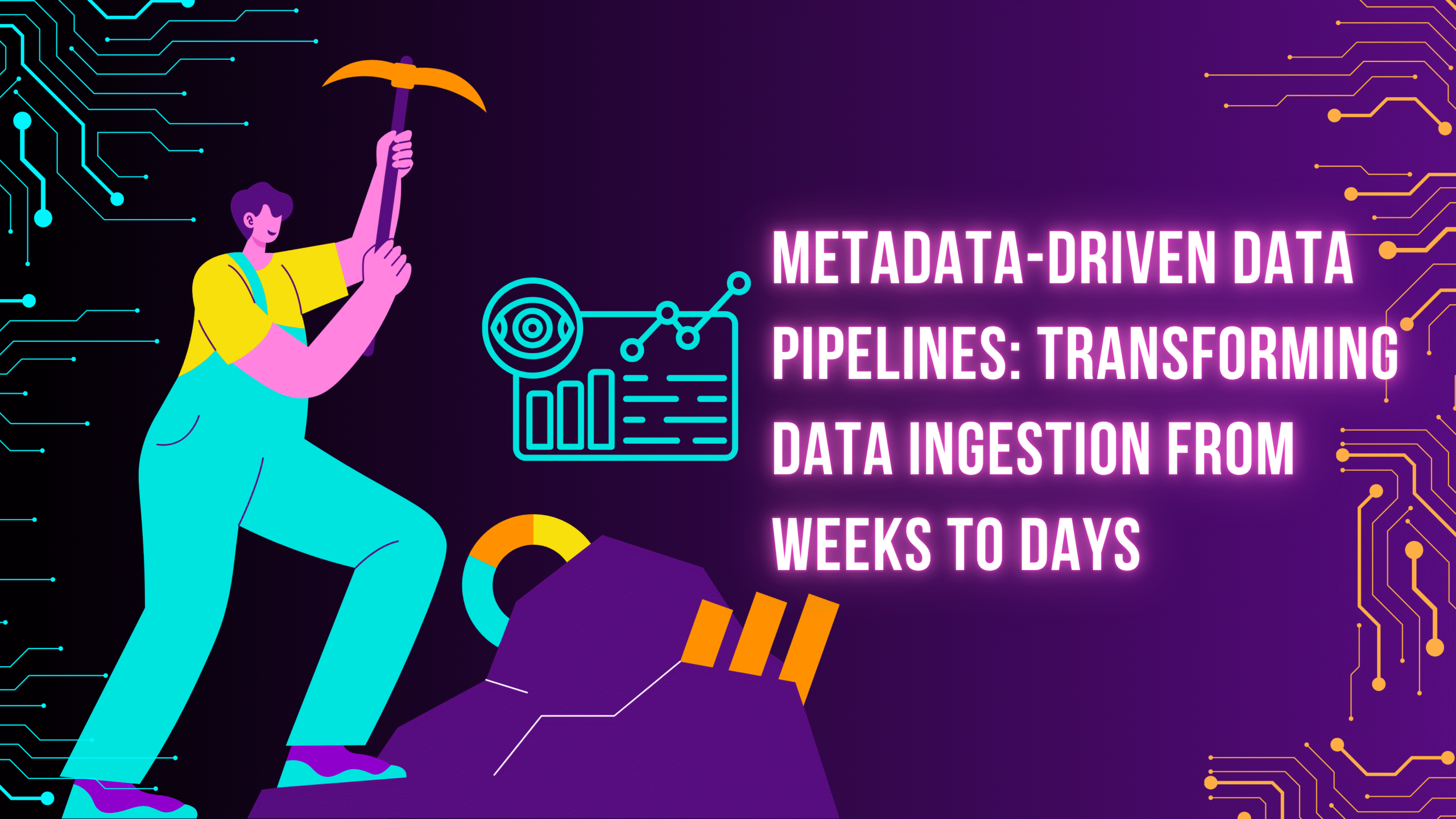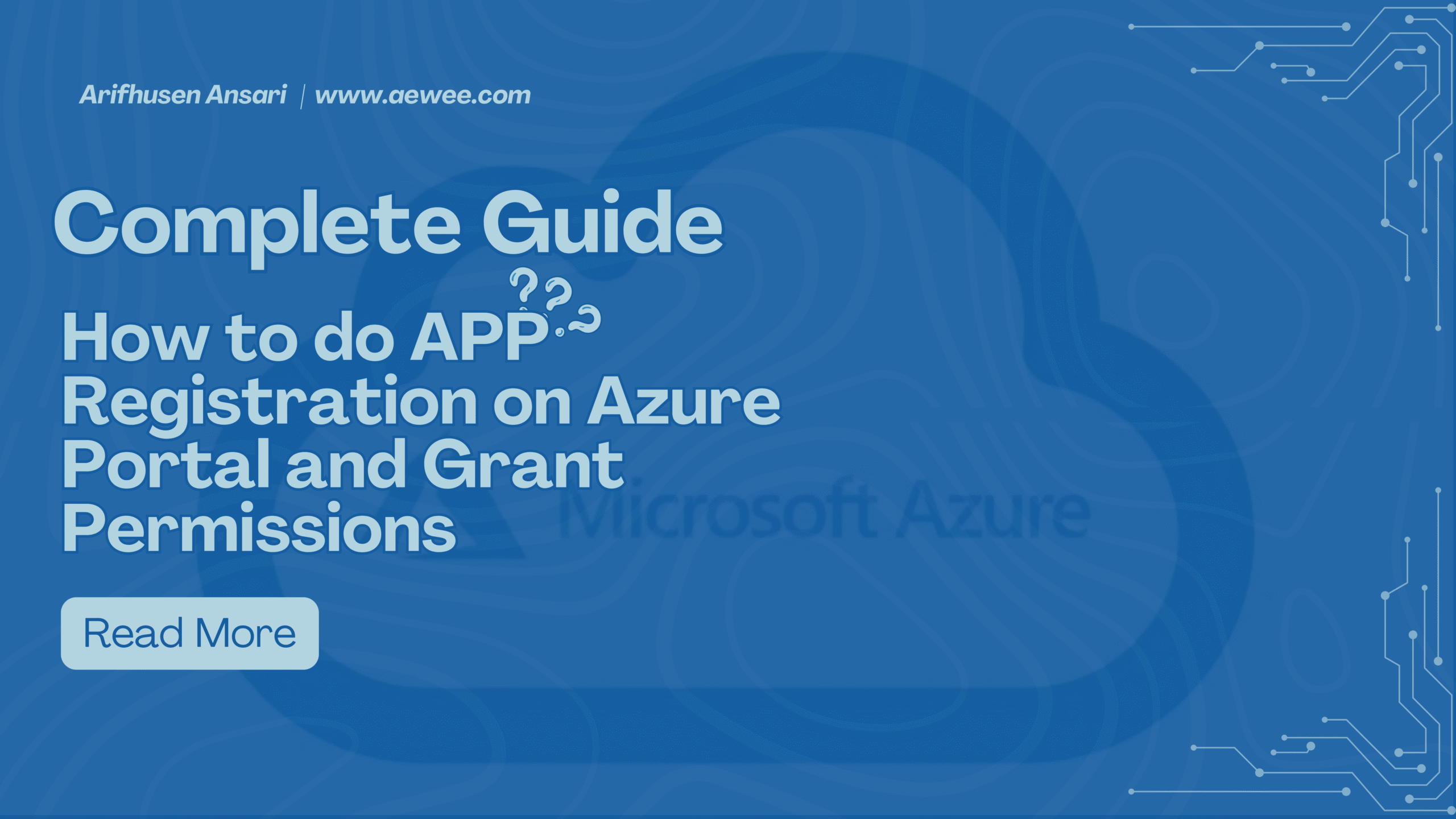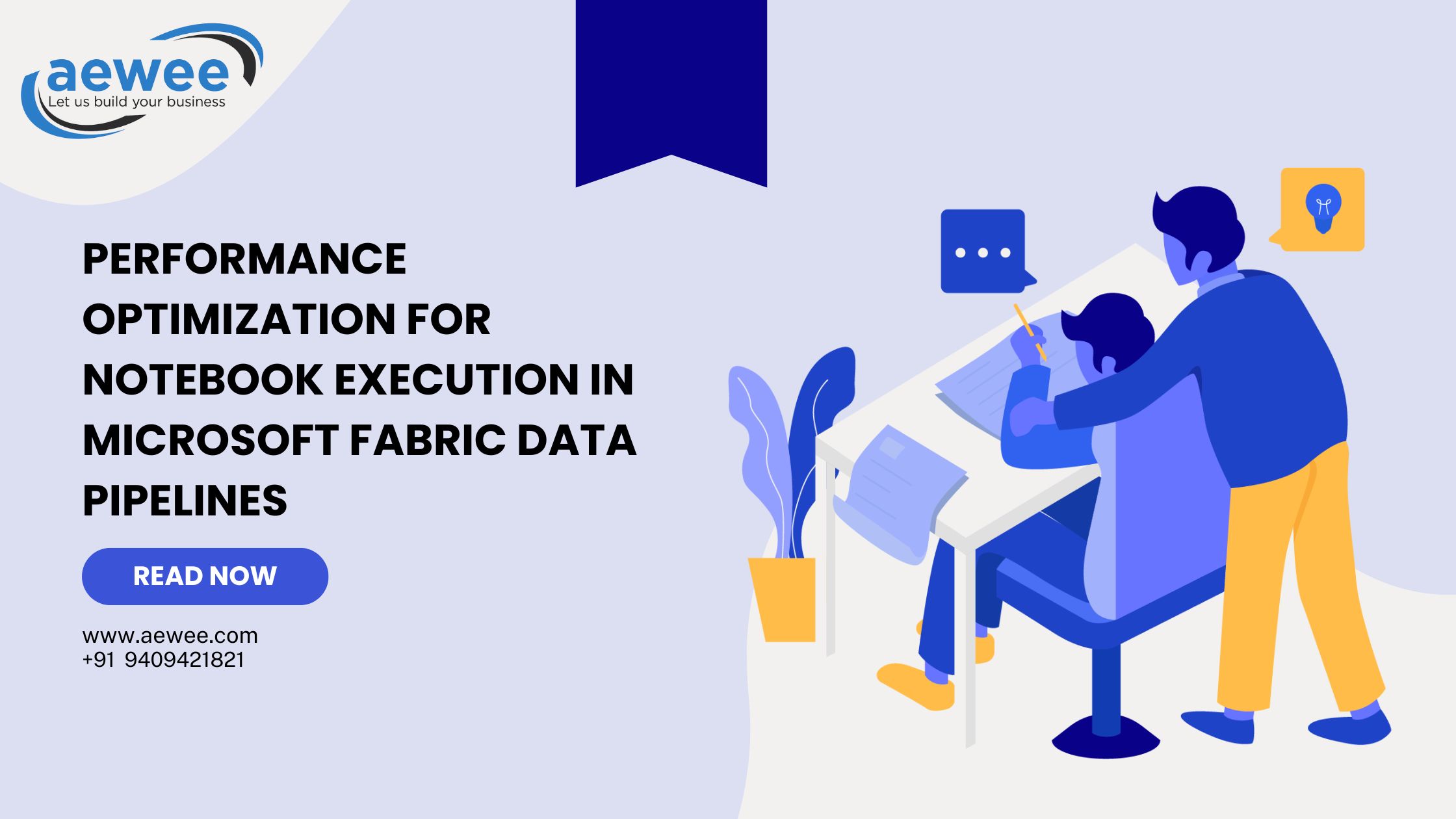The Challenge: Traditional Data Pipeline Development
In today’s data-driven world, organizations struggle with lengthy data onboarding processes. Traditional approaches require custom pipeline development for each new data source, consuming weeks of engineering effort and delaying critical business insights. What if there was a better way?
What Are Metadata-Driven Data Pipelines?
Metadata-driven data pipelines are intelligent ingestion systems that operate based on configurations stored in a metadata database. Instead of hardcoding logic for each data source, these pipelines dynamically adapt their behavior based on metadata configurations, enabling:
- Automatic data ingestion from multiple source types
- Flexible loading patterns (incremental or full load)
- Rapid onboarding of new data sources through configuration
- Reusable connectors across similar source systems
How Metadata-Driven Pipelines Work
The Modern Data Architecture Foundation
Today’s data ingestion follows the Medallion Architecture pattern Source Systems → Bronze → Silver → Gold. Our bronze, silver, and gold layers leverage Delta Lake architecture across platforms like Microsoft Fabric and Databricks. However, source systems vary significantly:
- SQL Server databases
- PostgreSQL instances
- FTP servers
- SharePoint storage
- REST APIs
The Connector Ecosystem
Once a connector is developed for a specific source type (e.g., SQL Server), it can be reused across:
- Multiple SQL Server instances
- Different databases within the same server
- New tables within existing databases
This reusability is achieved through metadata configuration rather than code changes.
The Heart: Metadata Configuration
The metadata database stores critical configuration elements:
- Source Type: Database, API, File System, etc.
- Artifact Type: Table, View, File, Endpoint
- Source-Target Mapping: Data flow definitions
- Column Mapping: Field-level transformations
- Job Scheduling: Execution timing and frequency
- Load Type: Incremental vs. full load strategy
Execution Flow
- Job Initiation: Pipeline receives job parameter
- Task Retrieval: System queries metadata database for job tasks
- Configuration Loading: Retrieves source-target mappings and rules
- Data Ingestion: Executes configured data movement
- Monitoring: Tracks completion and handles errors
Technical Architecture
Orchestration Layer
- Azure Data Factory (ADF) pipelines
- Microsoft Fabric data pipelines
- Databricks notebooks
Processing Engine
- Apache Spark notebooks
- Python and PySpark for data processing
- Custom connectors for various source types
Metadata Storage
- Azure SQL Database for configuration management
- Databricks Delta tables for metadata storage
Business Impact: Why This Matters
Accelerated Time-to-Value
- Configuration over Code: New data sources through metadata setup
- Rapid Onboarding: Days instead of weeks for new integrations
- Reduced Dependencies: Less reliance on scarce data engineering resources
Enhanced Productivity
- Engineering Focus: Teams concentrate on high-value activities
- Standardization: Consistent patterns across all data sources
- Scalability: Handle hundreds of tables with minimal effort
Cost Optimization
- Reduced Development Time: Lower project costs
- Faster Insights: Quicker business decision-making
- Resource Efficiency: Optimal utilization of engineering talent
Real-World Success Stories
Case Study: Dynamics 365 F&O Integration
- Challenge: Ingest 500+ tables from Dynamics 365 Finance & Operations
- Traditional Approach: Estimated 12–16 weeks of development
Metadata-Driven Solution
- ✅ 6 weeks total implementation time for initial ingestion.
- ✅ 500+ tables successfully onboarded
- ✅ Zero custom code for new table additions
Case Study: SharePoint Integration
- Challenge: Process business documents from SharePoint
Solution
- Developed reusable SharePoint connector
- Configuration-based file processing
The Future of Data Ingestion
Metadata-driven pipelines represent a paradigm shift in data engineering. By abstracting complexity into configurations, organizations can:
- Scale data operations efficiently
- Reduce time-to-market for analytics
- Empower business users with self-service capabilities
- Focus engineering talent on innovation
Conclusion
The transition from traditional to metadata-driven data pipelines transforms data engineering from a bottleneck into an enabler. Organizations adopting this approach see immediate benefits in agility, cost reduction, and business value delivery.
Ready to revolutionize your data ingestion strategy? The metadata-driven approach isn’t just a technical upgrade — it’s a business transformation. Contact Now!
Connect with our data experts: connect@aewee.com
Consulting Services: Data Analytics & Engineering Solutions



